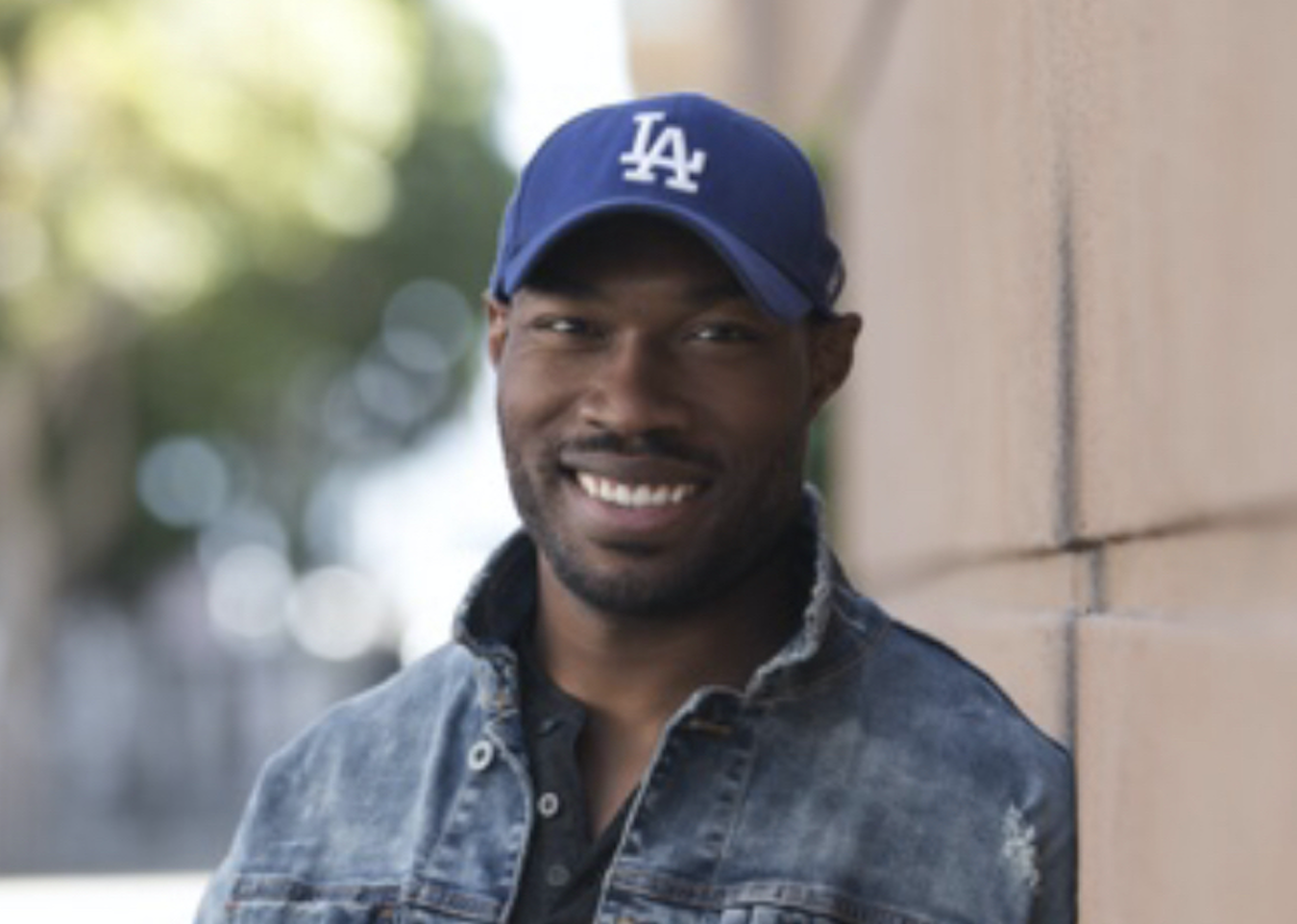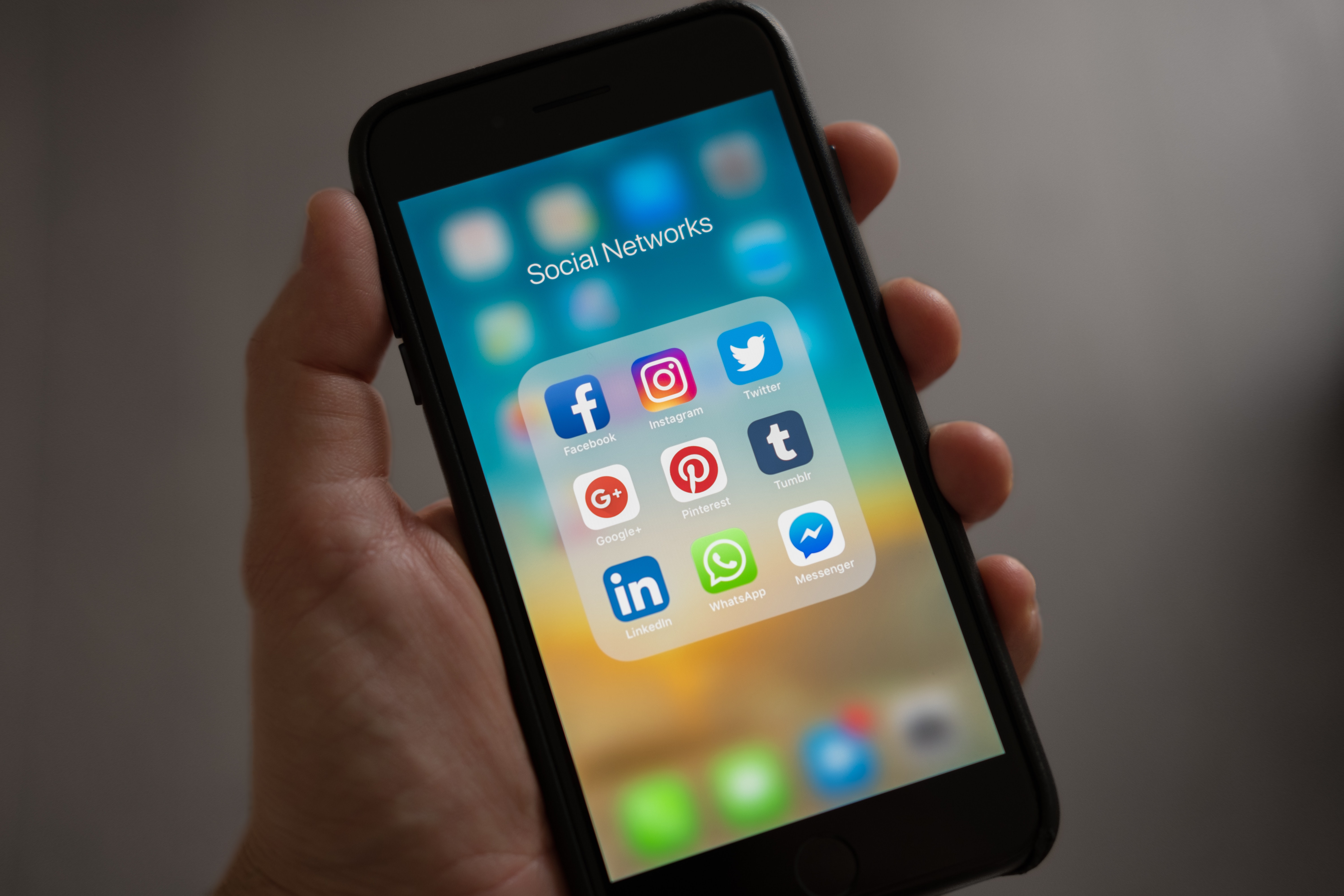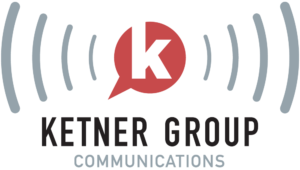In recent weeks, we’ve explored how to develop a content strategy, how to set up a social media program from scratch, and how to use thought leadership bylines to earn media coverage. All of these content approaches complement each other and help reinforce a brand’s identity. But the power of the written, or recorded, word can only get as far as the audience you’ve built to consume it. Luckily, there’s a way to amplify the reach and impact of this owned and earned content that we find quite valuable and our clients are consistently curious about: LinkedIn Sponsored Content.
Adding a paid element to your PR program helps bridge the gap between traditional PR and traditional marketing, which shouldn’t operate in silos anyway. We like to take a strategic view of LinkedIn promotion, using a step-by-step practice to develop and continually optimize a highly-targeted LinkedIn ads campaign that complements existing content development and organic social media initiatives. The approach outlined below helps identify hyper-relevant prospects, target them with the right content, understand what content to create in the future and serve your company’s ultimate marketing goals.
Step 1: Identify Ideal Audience
As with any marketing process, you can’t succeed if you don’t know who you’re talking to or trying to reach. But if you know who the decision makers, influencers or buyers are that you want to influence with your content, you can target them at a granular level on LinkedIn. By combing criteria, you can hit a hyper-targeted user set and ensure you’re not spending money promoting content to users who will never make a difference for your bottom line. You can target audiences in three ways:
- Demographics – Job function, seniority, company name, geographic region, industry, etc.
- Interest-based targeting – Group membership, skills, fields of study
- Company audience data – Target account lists your sales team is using (Note, you’ll need a lot of names for this to be effective, but it guarantees a precise audience.)
Step 2: Define Campaign Goal and Associated Content Formats
Once you know who you want to read your content and ultimately to engage with your brand as a potential customer, you’ll need to define the goal of your campaign. This will determine the kind of content you promote. For content you don’t already have, you’ll need to focus on developing it as part of a comprehensive owned, earned and paid media program. For the following goals, you’ll want to emphasize the associated content:
Brand awareness
- Company blog posts on LinkedIn
- Press releases
- Long-form posts
- Visuals/videos
- Product announcements
- Promotion of tradeshow attendance
Thought leadership
- eBook, whitepaper, video, research
- Industry commentary
- Long-form posts
- Guest blogs on other blogs
- Industry trends or data
Lead generation
- eBooks
- Webinars
- How-to guides
- Blog posts with calls-to-action (CTA)
- “Freemium” downloads/gated content
- Industry-related reports
Step 3: Develop an Editorial Calendar
Once you know which content to share, set up an editorial calendar – this will help you to visualize the rhythm of content being published and ensure that you’re addressing different aspects of your brand’s value proposition. Having everything written out will also help make sure you share different forms of content to keep things fresh and engaging for all members of your target audience, depending on their interest, challenge, or stage in the buying process:
- Awareness: Have realized and expressed symptoms of potential problems or an opportunity.
- Consideration: Have clearly defined and given a name to their problem or opportunity, actively looking for ways to address the issue.
- Decision: Have defined their solution strategy, method or approach and ready to take the next step.
Step 4: Identify Assets and Messaging to Promote Content
Identify and/or develop compelling ad copy (150 words or less) and visual content that make readers want to click on or download the content you’re promoting. If you can’t sell your content, no one will read it no matter how informative or well-written it is.
Hint: Include calls to action, statistics, quotes, actionable text.
Step 5: Determine Ad Method
Sponsored Content
Sponsored content campaigns are promoted through paid channels based on posts you have also made directly on your Company Page. They are best used to attract new followers to the company website or landing page and drive engagement with company-specific content.
Company Page posts (status updates) can be promoted in the newsfeeds of both followers and non-followers whose demographics have been specifically targeted. This is a good option for posting blog content, articles about your company or to showcase commentary, award wins, customer or product announcements, and more.
Direct Sponsored Content
The direct sponsored content option allows you to post content directly in the LinkedIn feed without the content originating on your LinkedIn Company Page. This is useful if you don’t want the post to clutter your company’s LinkedIn profile page, but otherwise operates the same as sponsored content.
Website Ads
LinkedIn also offers more traditional website ads, which lead readers to the company website and often start at $2.00 per click and up. These are best leveraged for sending interested parties to your website to download gated content – whitepapers, e-books, case studies, webinars – for lead generation, or to product pages for direct sales promotion. If you choose this option, you should set up goal tracking in Google Analytics to count how many contact form submissions are received as a result of a given ad. Then judge what your cost per lead is and determine if it is delivering appropriate ROI.
Step 6: Set a Budget
Finally, you’ll need to decide what your total monthly budget for LinkedIn ads will be, and how you’ll allocate your spend – either emphasizing CPM (cost per 1000 impressions) if your goal is brand visibility, or CPC (cost per click) if your goal is lead generation or website traffic conversion.
LinkedIn Ads work on a bidding process, so depending on the audience you compete for, the price will change to show an ad. Bids are only processed at $.01 more than second-highest bid, so you can set your bids at the top limit of what you consider a fair value for the click or impression.
Step 7: Reporting/Continuous Improvement
It’s essential to monitor and analyze the key metrics of your campaigns on an ongoing basis. This review process is critical for finding opportunities for improvement to your campaigns, whether it’s improving reach, accuracy of targeting, CPC or CPM, website conversions, engagement and much more.
You should use the LinkedIn campaign manager to review all the metrics available on the platform itself, but also refer to your Google Analytics reports to see how successful you’ve been at driving increased traffic to your website as a whole or to specific landing pages on the site. There are also tools like LinkedIn Insight Tag to your website that will help you evaluate deeper insights about your campaign and users to continue improve your LinkedIn, content marketing, and overall marketing goals.
To learn more about how LinkedIn can help drive brand awareness and lead generation as part of your PR or marketing program, feel free to reach out to me directly – [email protected] – and don’t forget to follow Ketner Group Communications on LinkedIn and Twitter for more valuable tips like these.






